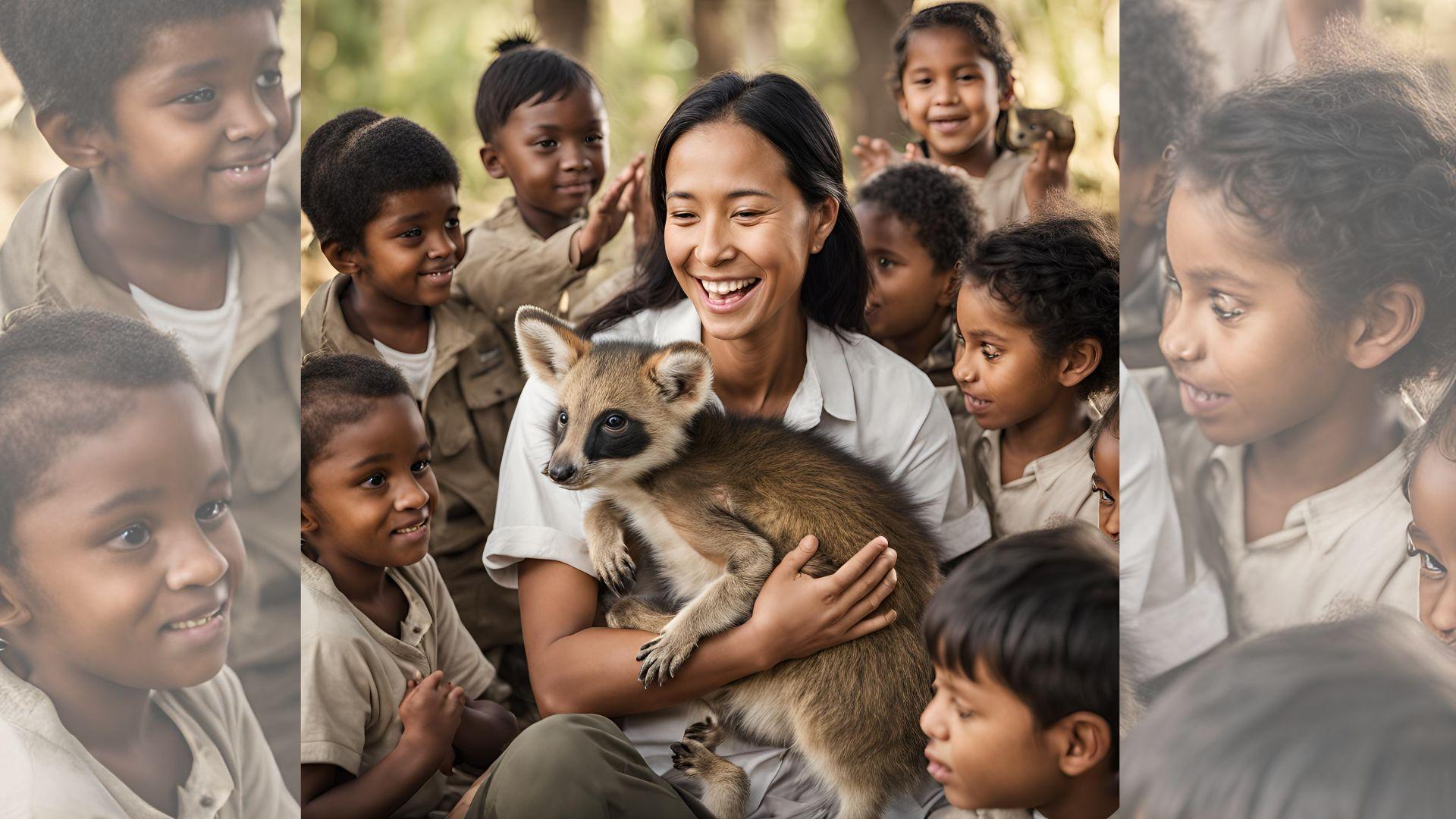Wildlife conservation is a critical endeavor aimed at protecting animal species and their habitats from extinction and degradation. This article explores various aspects of wildlife conservation, highlighting its importance in maintaining ecological balance, preserving biodiversity, and supporting sustainable development.
1. Biodiversity and Ecosystem Health
Biodiversity refers to the variety of life on Earth, encompassing different species of plants, animals, and microorganisms. Each species plays a specific role in its ecosystem, contributing to its overall health and functionality. For example, predators help regulate prey populations, while pollinators are essential for plant reproduction. Protecting wildlife ensures the stability of these complex interactions, which are vital for ecosystem resilience.
2. Threats to Wildlife
Many factors threaten wildlife, including habitat destruction, pollution, climate change, and poaching. Deforestation, urbanization, and agricultural expansion lead to habitat loss, displacing countless species and disrupting ecosystems. Climate change further exacerbates these issues by altering habitats and food availability. Poaching and illegal wildlife trade put immense pressure on already endangered species, often pushing them closer to extinction.
3. Conservation Strategies
Effective wildlife conservation requires a multifaceted approach. Establishing protected areas, such as national parks and wildlife reserves, helps safeguard habitats from human encroachment. Legislative measures, including laws against poaching and wildlife trafficking, are essential for enforcing protection. Community engagement and education also play a significant role, empowering local populations to participate in conservation efforts and recognize the value of their natural resources.
4. The Role of Technology
Innovations in technology have transformed wildlife conservation. Tracking devices and camera traps enable researchers to monitor animal populations and behaviors, providing valuable data for conservation strategies. Drones and satellite imagery assist in surveying habitats and detecting illegal activities in remote areas. Technology enhances the effectiveness of conservation efforts and promotes informed decision-making.
5. Global Conservation Efforts
Numerous organizations and initiatives are dedicated to wildlife conservation globally. The International Union for Conservation of Nature (IUCN) plays a critical role in assessing the conservation status of species and advocating for their protection. Programs such as CITES (Convention on International Trade in Endangered Species) regulate the international trade of endangered species, aiming to ensure their survival.
6. Community Involvement
Local communities are integral to successful wildlife conservation. When people understand the benefits of preserving wildlife, they are more likely to participate in conservation efforts. Initiatives that provide economic incentives, such as ecotourism, empower communities to protect their natural heritage while benefiting financially.
Conclusion
Wildlife conservation is not just about protecting individual species; it is about preserving the intricate web of life that sustains our planet. As stewards of the Earth, we have a responsibility to safeguard wildlife for future generations. By recognizing the importance of biodiversity and supporting conservation efforts, we can ensure a healthier, more sustainable planet.

